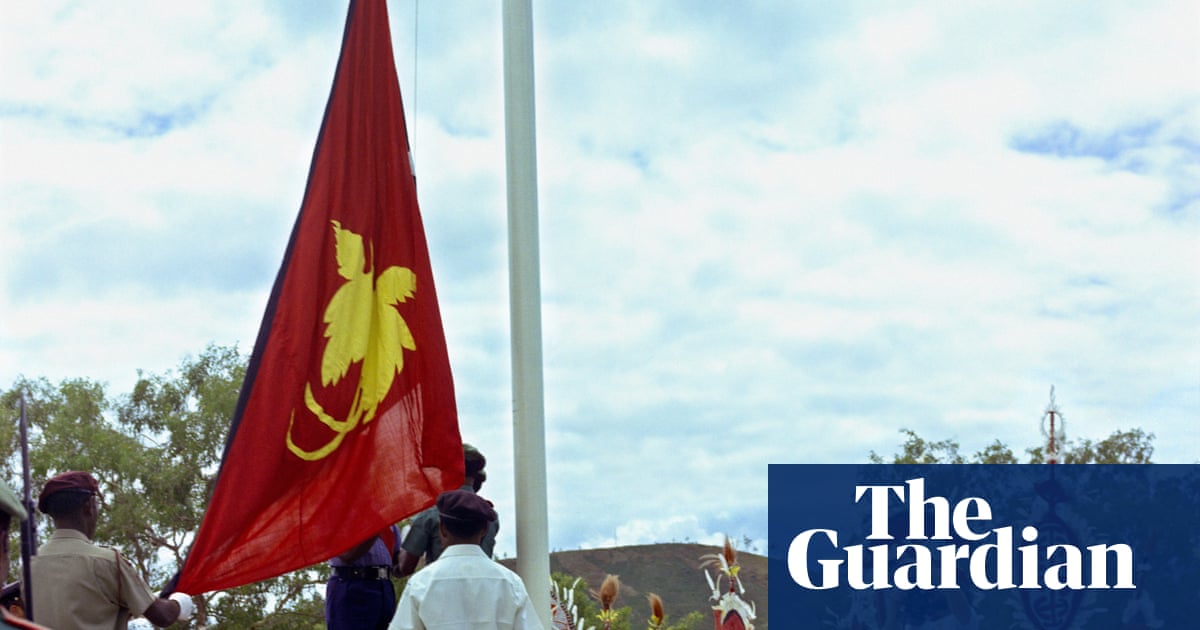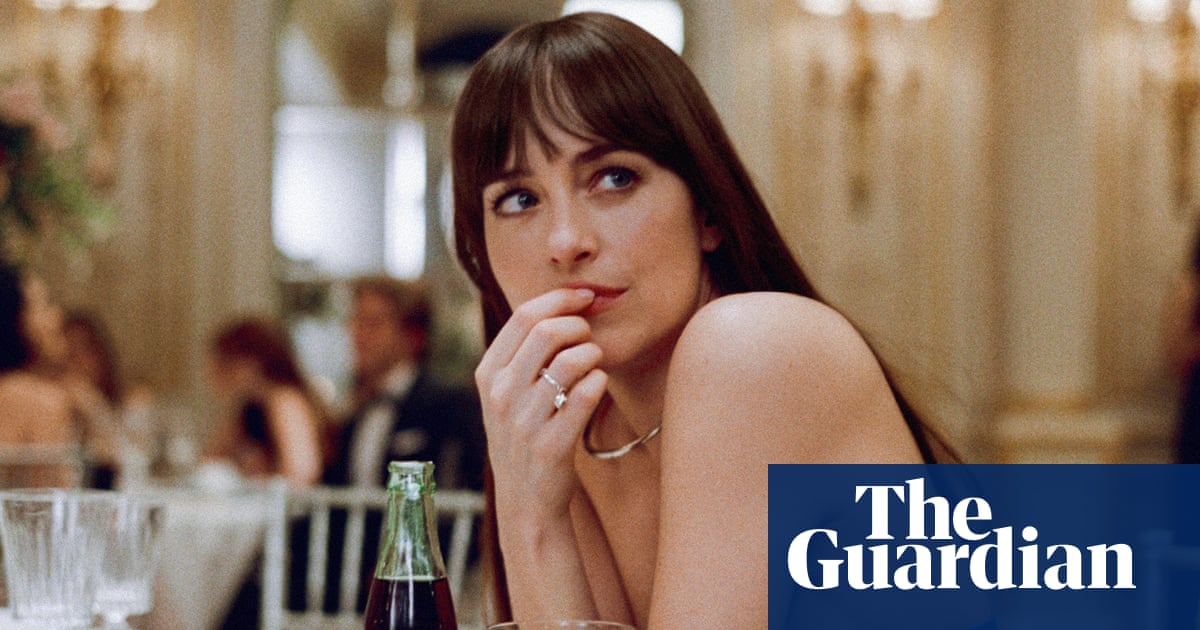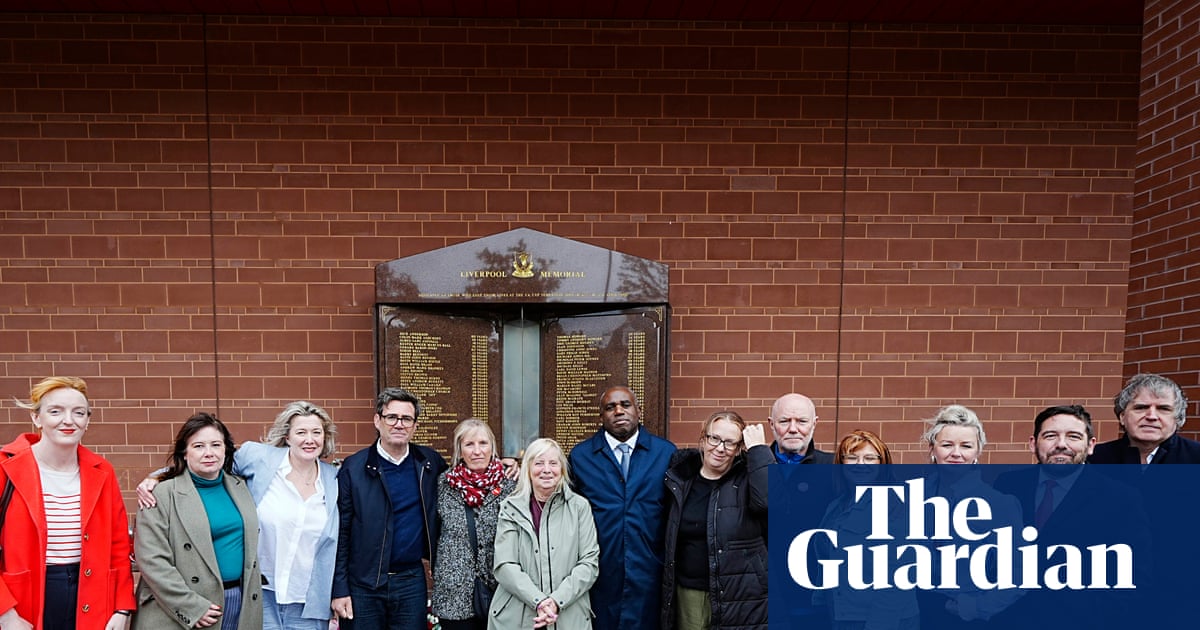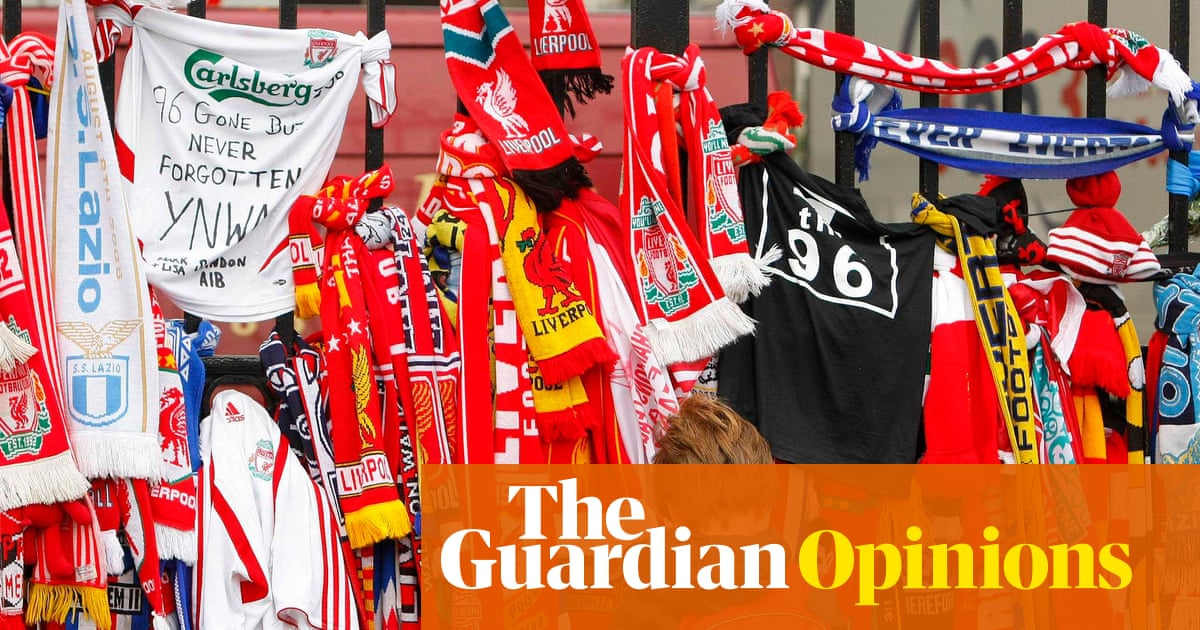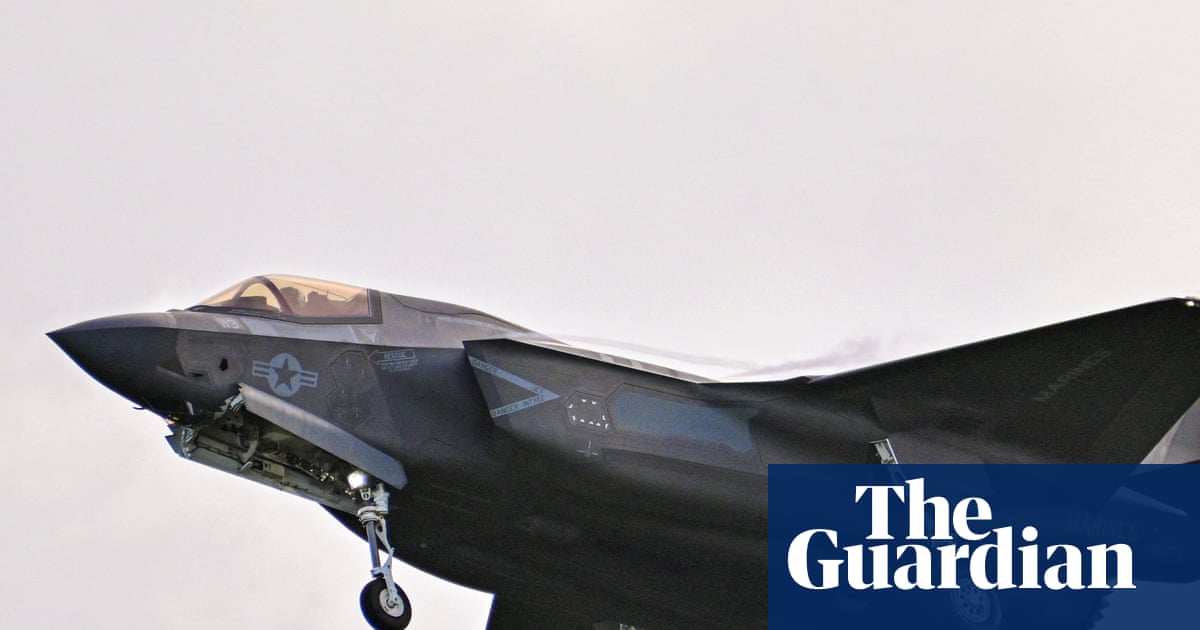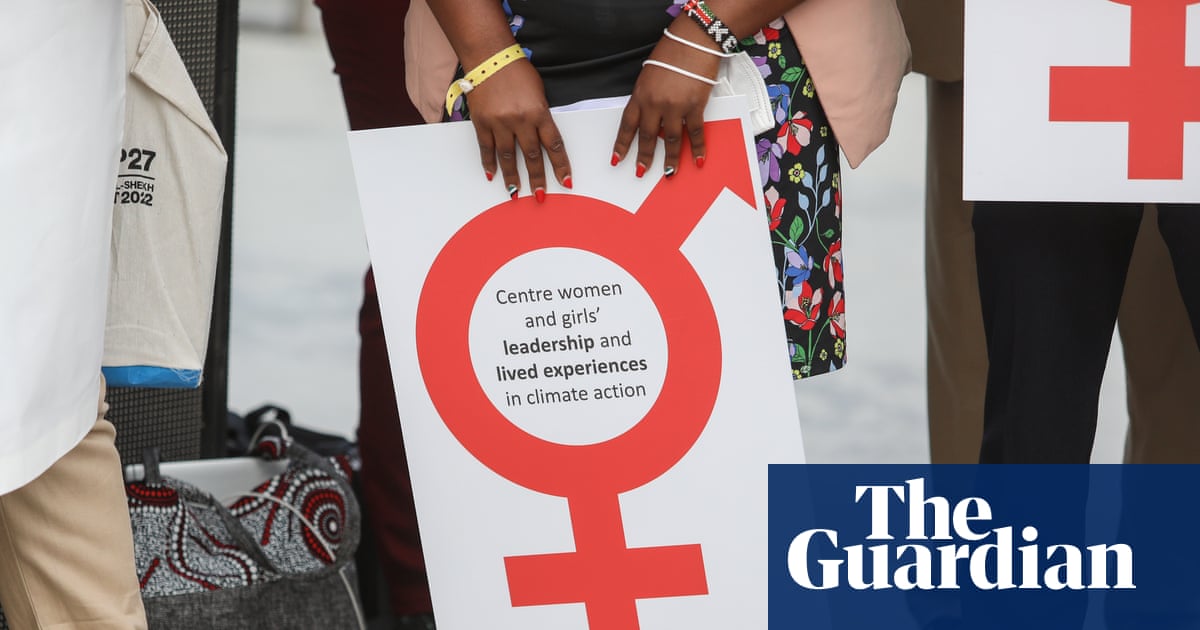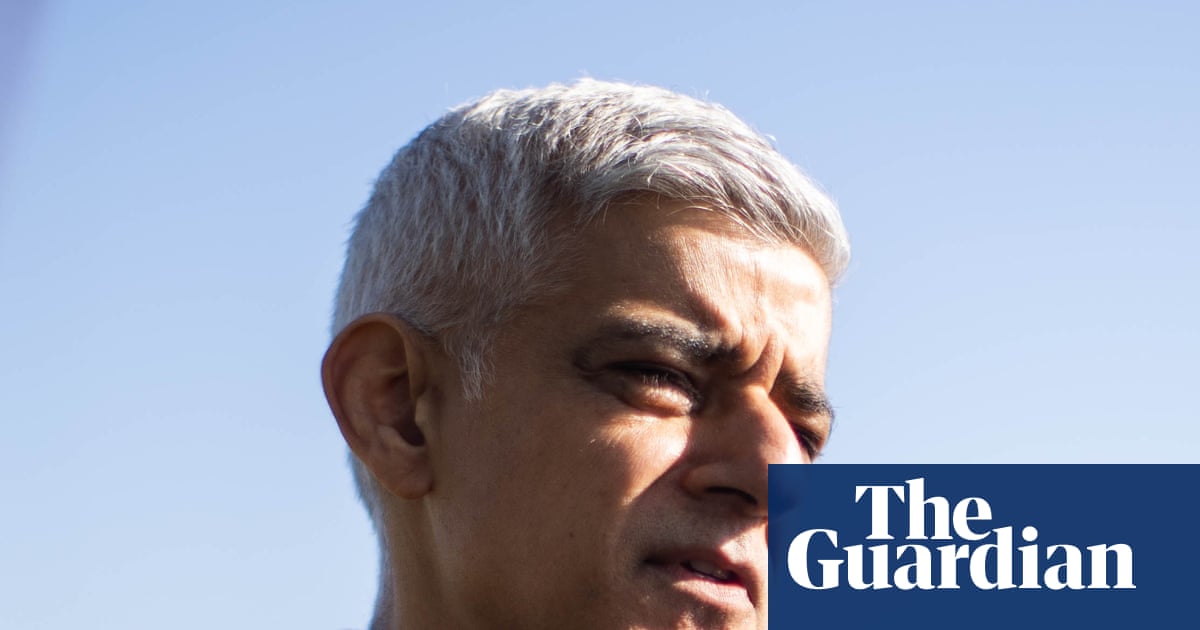Santiago Yahuarcani’s Amazon is no longer the place he painted as a child. The rainforest scenes of parrots, anacondas and jaguars that he and his brothers used to sell to riverboat tourists for a dollar apiece have given way to visions of a landscape that is darker, more despoiled and more desperate than it was six decades ago.
However, as his first solo international exhibition – at the Whitworth in Manchester – will show, the old beauties and mysteries have not faded completely. His work is populated by shape-shifting spirits, mermaids waltzing with pink river dolphins, enormous pipe-smoking lizards and shamans who trap their adversaries in rum bottles, but they exist alongside depictions of the genocidal crimes of the past and the ecocidal crimes of the present. Oil refineries are consumed by fire, rubber trees weep tears of sap, forest spirits are displaced by drought, and memories of a century-old slaughter – replete with torn and branded flesh – echo through the forest and down the generations.
“When I was a child, there was a huge abundance of animals and fish in the Amazon,” says the 65-year-old Indigenous Peruvian painter, when we meet in Madrid, at a joint exhibition of work by him and his partner Nereyda López. “There was a lot of land to make into farmsteads and there were a lot of animals to hunt. But people have come and taken land – hectares of land, kilometres of land – and they’ve come for the wood and the gold, too.”
The artist and his family are all too aware of what happens when the Amazon attracts the greedy gaze of the outside world. Today, they are the last 12 members of the White Heron clan of the Uitoto nation still living in Peru. Just over a century ago, Yahuarcani’s grandfather, then 16, was forced from Colombia to Peru during the genocide that was waged against the Indigenous population of the Putumayo region during the rubber boom. The painter was five or six when he learned what had happened at La Chorrera rubber station.

“My grandfather would call us together at night and tell us about the era of rubber,” he says. “He told us how the bosses arrived with rifles and started to force the Indigenous people to collect the sap of trees for rubber. They demanded 50kg of sap from each person every two to three weeks. They gave them the materials they needed to get the sap and they gave them food, but not enough food.”
Anyone coming back with less than 50kg was punished. Some were thrown into a hole 15 metres deep. Others had an ear hacked off. “There was also a guy, my grandfather told me, who’d make everyone watch as he cut off a lump of your flesh with a knife. They wanted to scare people so they’d get their 50 kilos.”
Then came the time when the bosses decided to plant sugar cane, coffee and corn for the women to harvest. “These women worked with their babies on their backs,” says Yahuarcani. “One baby started to cry because of the heat of the sun. The overseers came and took the little boy from his mother’s back and threw him on the fire.”
When the inevitable uprising took place, the response was characteristically barbaric. Men, women and children were burned alive in a large house where they had sought refuge. Those who escaped the flames were shot. “My grandfather told me that, a month after the fire, thousands of butterflies of a kind never before seen in the Amazon began to sprout from the site,” says Yahuacari. “All different kinds of butterflies with all different kinds of colours. My grandfather told me they were the spirits of the victims, of the people who had been burned.”
Those atrocities are recounted in one painting – called The Stone-Hearted Man – that shows gangs of pale men in white hats and with pistols in their belts branding, decapitating and burning their way across a stretch of rainforest that has become a hell. All around them are the charred and broken bodies of Indigenous people.
A century later, the rainforest is once again besieged. “Today, Indigenous groups are having to fight back,” says Yahuarcani. “We have to fight to protect our vegetation, our trees and to reforest.” But the odds are not in their favour. While more and more outsiders are coming to the Amazon in search of land, timber, gold and oil, many of the region’s young people are abandoning their homes in search of education and employment. Respect for the rainforest is dwindling.

Whenever they set out to hunt or fish, the Uitoto make an offering to the guardian of the forest animals: “He’s small and furry like a monkey and has the face of an 80-year-old person.” And, unlike the logging and mining corporations, they never take more than they need. “In the Amazon,” he says, “when we want to eat, we go to our supermarket – it’s in the mountains, in the jungle, where there are fish and fruits. You bring home what you need and you don’t destroy everything. God has said that man should not destroy nature, he should take care of it, because it is his home, too. You can’t destroy your own house.”
If the artist’s subject matter has changed over the years, his techniques have not. Yahuarcani has always created his works by applying paint prepared from pigments, seeds, leaves and roots, to large sheets of llanchama, a cloth made from the bark of the ojé tree. His works are often inspired by the hallucinations brought on by the ritual ingestion of tobacco, coca, ayahuasca and mushrooms – substances long used by the Indigenous peoples of the Amazon when in search of help, knowledge or revelation.
While getting llanchama requires the skills he learned from his bark-cutter grandfather, the use of hallucinogens harnesses and honours the cosmology, myths and traditions of Yahuarcani’s people as he strives to draw attention to the threats they and the forest face. Perhaps the greatest of those menaces is indifference. Yahuarcani’s home town of Pebas, which lies on a bend in the river as it meanders from north-east Peru towards Colombia, is as far removed as it could be from the artistic, political and media centres of the coastal capital, Lima. As a result, getting his work and its messages noticed has been a struggle.
Yahuarcani is polite but insistent as he reflects on the difficulties that he and other Indigenous artists – not least his son Rember - experience when it comes to visibility and exhibition space. “I use my work to show our myths,” he says. “How our culture used to be, how we came to have the problems we now have. But it’s been very tough because we were from the Amazon and we were Indigenous. We weren’t allowed to exhibit in the museums, or do the interviews, because we were always put to one side.” Artists from Lima “have always had more opportunities and more press”.
Part of the problem, he says, lies in Peru’s own view of its culture and history. “When we were in school, we were taught about the Incas. About how the Incas built Machu Picchu, and so on. But there was nothing about us or our history, and that’s been one of our complaints. Our stories aren’t in the textbooks.” Yet he is adamant that this is a history people need – and want – to know about. When he exhibited a picture of the Putumayo atrocities in Lima a decade ago, “the newspapers and the magazines were saying, ‘Look at this! Look at this!’ But the authorities were not at all interested.”
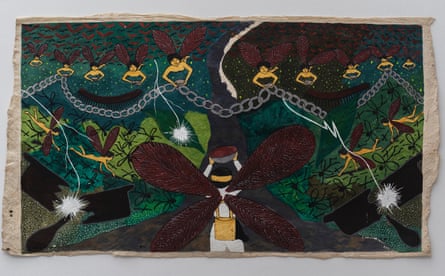
Yahuarcani has been buoyed by the enthusiastic reaction to the Madrid show – even if it has meant braving the heat and chaos of the Spanish summer. He hopes the Manchester exhibition will be equally well received. But the recognition has been as hard won as it has been belated. Time is running out and, as one of his recent works plainly shows, the Amazon is changing rapidly and irrevocably. Painted earlier this year, Optic Fibre in the Depths of the Amazon River is a riotous, funny and faintly disturbing picture that shows dolphins, frogs, fish and turtles clutching mobile phones as technology reaches ever farther into the rainforest. One or two of the smarter fish are ringing their friends to let them know where the fishers are gathered so they can avoid them.
The current cycle of expansion, encroachment and exploitation appears unstoppable. And if the forest goes then so does a branch of the Uitoto, their way of life, and their half-forgotten history. “I hope Peru will do something about these issues,” says Yahuarcani. “That there will be a book of these stories so young people can learn what happened to their grandparents. Today, we are the only family of the White Heron clan. There are no more. When we disappear, the White Heron ends.”

.png) 2 months ago
34
2 months ago
34

